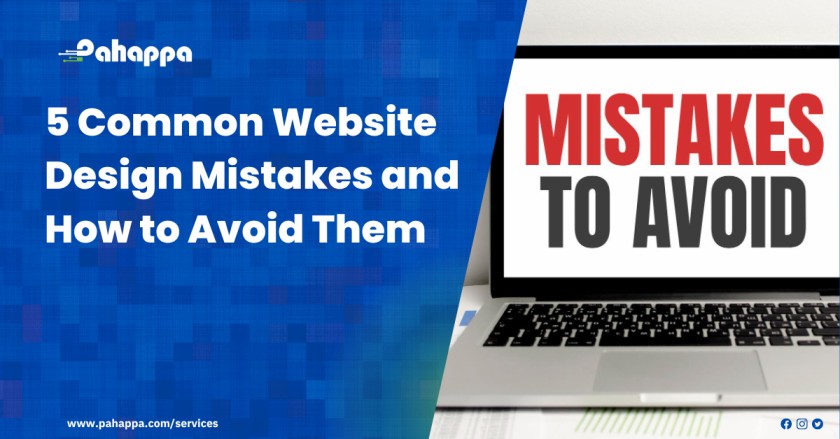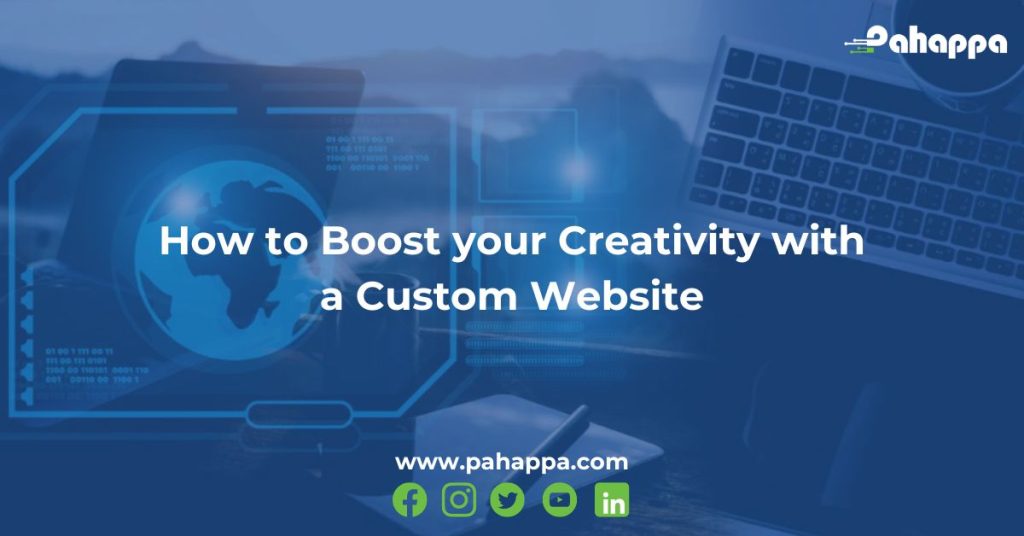A well-designed website is essential for individuals and businesses trying to build a strong online presence in the digital age. Even with the best of intentions, it’s simple to make regular website design mistakes that can degrade the user experience and prevent the website from being successful. These mistakes can cost you money, time, and opportunities due to slow loading times and confusing navigation. We’ll look at some of the 5 most common website design mistakes in this blog and offer effective strategies to prevent them. This blog will assist you in establishing a website that is both useful and visually appealing, whether you’re starting from scratch or trying to upgrade an existing one.
- No mobile site experience
Websites need to be adapted for smaller screens as a growing number of people are utilizing mobile devices to access the internet. Poor user experience might result from a website that is not mobile-friendly, such as text and images that appear too small or links that are challenging to press directly.
Solution:
Use a responsive web design to mitigate this by having it automatically adjust the website’s layout and content to fit the size of the user’s device. As a result, the website will be simple to read and use on all devices, including computers and mobile devices.
- Terrible navigation
Visitors may find it challenging to find what they are looking for on a website with terrible navigation, which might increase the bounce rate. The search engine rankings of the website may also be negatively impacted by terrible navigation.
Solution:
Keep the navigation clear and easy to use to prevent this. Name each part using precise and descriptive language, and make sure the navigation is consistent across the entire website. Think about using drop-down menus to arrange information, and make sure that the major navigation makes it simple to reach all essential sections.
- Poor Calls to Action (CTAs)
CTAs are essential parts of website design since they direct users to desired actions like buying something or subscribing to a blog. Visitors might not know what to do next if there are no clear CTAs, which could result in a high bounce rate and a low conversion rate.
Solution:
To prevent this, make your CTAs stand out on the website visually and use clear, action-oriented language. Use differing links and buttons that are simple to notice and click, and place them in strategic areas like the top or bottom of the page. Verify that the CTAs are appropriate for the page’s content and that they are consistent across the entire website.
- Slow loading Speed
Users may find it irritating and have a bad experience if a website loads slowly. Additionally, search engines frequently assign lower rankings to slow-loading websites, which lowers visibility and traffic.
Solution:
Reduce the size of your images and use web-friendly image formats to optimize them for faster loading. Consider using a content delivery network (CDN) to distribute information and reduce the demand on your server. Use a swift and reliable hosting provider. Reduce the use of complex scripts and plugins, and make sure the website is optimized for the most popular browsers and devices.
- Overloading the website with too much information
Too much information on a website can be overwhelming for users, which makes it difficult for them to focus on the most important information and complete the required activity, such as making a purchase, completing a form, or finding out information. High bounce rates, low engagement, and a poor user experience might result from this.
Solution:
To minimize this, keep the website’s design simple and organize the information according to what your visitors will find most important. Consider using clear headings and subheadings to organize the text and to effectively divide it into sections for easier scanning. Reduce the quantity of text on each page, and think about supplementing it with visuals like images, videos, and charts.
Ready to Improve Your Web Design?
With these web design tips, you are off to a good start in improving your online presence. Remember to always keep your target audience and brand image in mind during the design process.
Not sure where to start? You may want to consider hiring a professional website designer. We are here to help you whether you need assistance building a website from scratch or if you are looking for a complete redesign. Contact us today for a free quotation











